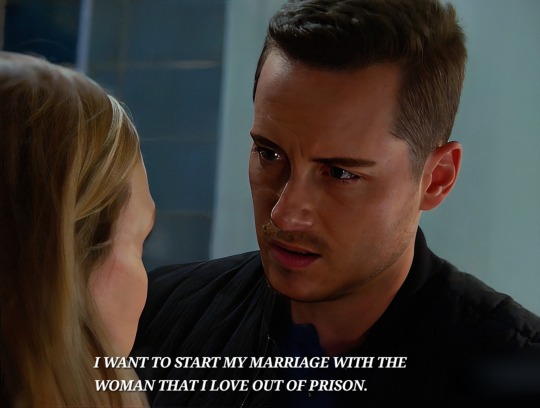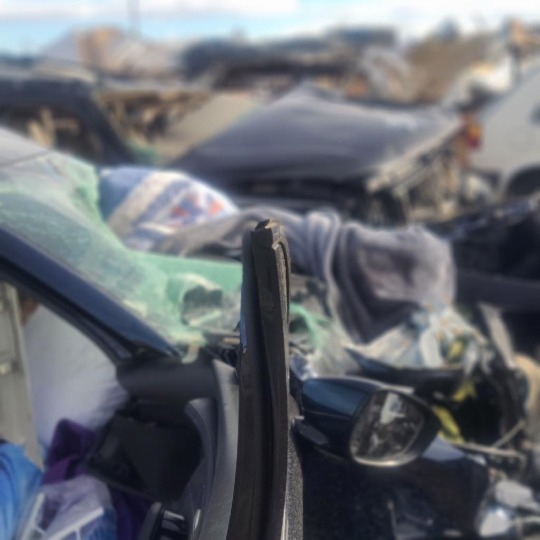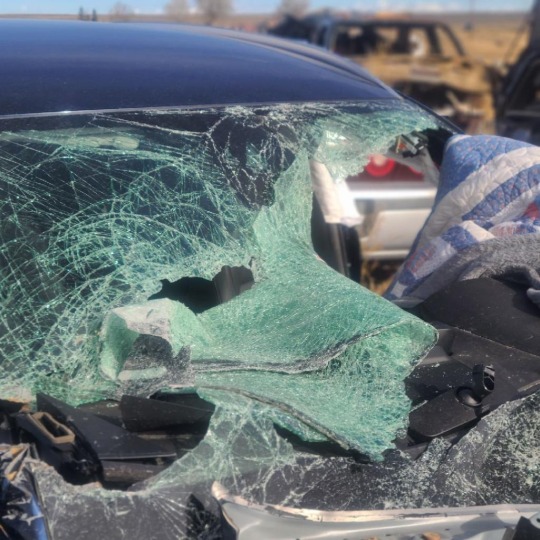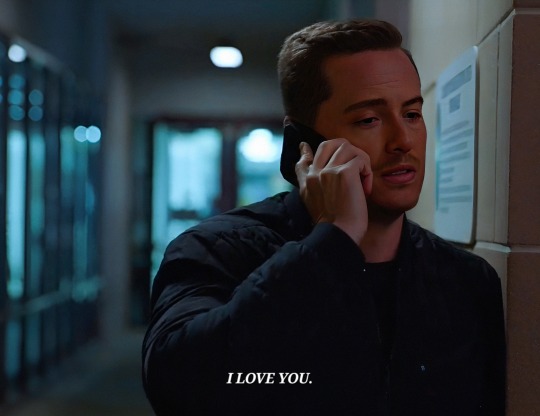#fractures
Text
fearne didn’t want the fucking shard! she didn’t change her mind! ashton didn’t convince her to change her mind! they didn’t threaten her or bargain with her or trade anything for it! fuck off! listen to fearne! she said she thought that “maybe that was his challenge”! anyone and everyone, including but certainly not limited to chetney pock’o pea, can get off ashton’s back under the guise of defending fearne while actively stripping her of fucking agency!
#bonus:#ashley’s “I just read it wrong I guess.”#because Big Fucking Same!#I really thought it was meant to be some sort of challenge#obviously ill-advised but still a potential path#annemarie watches critical role#critical role#fearne calloway#fearne#ashton greymoore#ashton#chetney pock o'pea#chetney#bell's hells#fractures#c3e78
158 notes
·
View notes
Note
Is it physically possible to walk on a broken leg/ankle? Like with the compound fracture even if you wanted to walk, wouldn't the bones just slide further out of alignment and/or not support weight? I see a lot of characters walk off (or on, as the case may be) broken legs and was wondering just how feasible that is, even if they could ignore the pain.
It depends on how severe the fracture is and how many other structures are damaged along with it.
If the fracture is a partial or hairline fracture, and there was no other damage (say, to muscles, ligaments, or tendons), then it is very possible to walk on the break.
If the fracture goes all the way through but is not separated, it would not be a good idea to walk on it, but in theory it would be possible, again as long as the muscles, ligaments, and tendons were intact and holding it together.
BUT if the bone ends are separated or there is a lot of damage to the muscles, ligaments, and tendons, the injury is probably not going to hold weight. This is because either like you said, the bone ends would just slide across each other, or there would be nothing to prevent the joints from slipping across each other. The way this would happen is that the person would put weight on the bone and it would just kind of collapse under them.
Keep in mind with any of these it would be really, really painful, so either the person would need to be in an extreme emergency situation or be on a lot of pain medication.
61 notes
·
View notes
Text

Today’s Frosta of the Day has been brought to you by: Glimmer accusing Scorpia of something.
#Frosta#Frosta SPOP#SPOP#She Ra and the Princesses of Power#She Ra#Glimmer#Swift Wind#Scorpia#SPOP S4#Fractures
71 notes
·
View notes
Text


UPSTEAD FOREVER 🏡🤍
#chicago pd#hailey upton#upstead#jay halstead#jay and hailey#hailey and jay#jay x hailey#hailey x jay#chicago pd series#chicago pd edit#chicago pd season 9#9x08#fractures#upstead forever
27 notes
·
View notes
Text
This was funnier in my head

And yes Kane is in fact reading a book that is titled “How to tell that your frog wants to kill you” lol
#digital art#rainimator#rainimator fanart#fractures#minecraft series#Kane#Lance#enjoy my lil attempt to draw Kane’s new design in this shitpost lmao#shitposts
20 notes
·
View notes
Text

AZURA'S BIRTHDAY
(Im gonna be honest i took the inspiration from pjsekai bday cards)
10 notes
·
View notes
Text

medically snatched!!1!1!! >~<
#satan#satanic#hail satan#scemo boy#scenemo#scene kid#scemo#2000s scene#scene emo#emo scene#green#brace#fractures
9 notes
·
View notes
Text
https://gofund.me/a4950440
i know this is a lot to ask, but i started a gofundme to help provide for me for the next few months until my rib is healed enough so i can get back to work. but if you cannot help, if you could atleast share, I would greatly appreciate it. Thank you so much. and Thank you to everyone that has helped. I appreciate it immensely. i love all of you. 💙💙










8 notes
·
View notes
Note
I'm on the tail end of physical therapy for a broken leg that required surgery. It made me wonder if there was anything interesting in Ancient Egyptian medicine that you'd read about treating broken bones.
Oh, certainly! Ancient Egyptian treatments for broken bones were very similar to our methods nowadays - that is, they splinted and immobilised fractures after reduction. The treatments for a broken jaw and a broken nose in the Edwin Smith Papyrus (the largest collection of surgical treatments among the medical papyri) are in fact the exact same a few millennia later. For a broken nose in particular, the physician put two rolls of linnen moistened with oil into the nasal passages to keep the shape of the nose intact after bandaging and during healing. Nowadays, we use vaseline gauze the same way.
There's an interesting case in the ESP where the practice of a closed reduction is actually described. This is case 35, a fracture of the clavicle:
You should prostrate him [on his back], [with] something folded which is in [between] his shoulder blades. You should spread out his two shoulders in order to stretch apart his two clavicles until that fracture falls into its place.
This is, again, a practice that has changed very little over time. Interestingly this case does also describe a splinting, but a splinting that seems incongruent with the actual type of fracture:
You should then make for him two splints of linen, and place them, one of them to the inside of his upper arm, and the other to the under site of his upper arm. You should bind it with imrw* and treat him afterwards with honey every day until he recovers.
That would have done very little to stabilise the clavicle. However, the next case, number 36, deals with a fracture of the humerus. This case first details a reduction, but that reduction is the exact same as the preceding one in case 35, just with the term for humerus substituted for the term for clavicle. A fractured humerus is normally set through the use of traction, and then splinted in the way described in case 35.
Nunn, among others including myself, is of the opinion that this is a scribal error where the splinting for case 36 was appended to case 35, and the reduction for case 36 was incorrectly copied from 35.
But overall, lots of evidence that nothing much changed about the setting and treatment of broken bones!
*We haven't been able to precisely determine the meaning of the ingredient imrw so far. As a term it's only found in the ESP and it is likely some type of mineral ingredient since it's written with the determinative for mineral substances. Nunn suggests it may be an equivalent of plaster of Paris used for splinting as we do nowadays, which would be supported with the phrase "you should bind it with imrw" in case 35. I don't agree with that, not only because "bind it with [x]" sees common use elsewhere for any number of poultices and bandaging in the medical papyri, but also because imrw is used in the treatment of other cases that don’t deal with fractures, such as case 15; a slashed cheek with damage to the zygomatic bone. The Grundriss der Medizin der Alten Ägypter simply lists it as "an unknown mineral substance". Brawanski wants to read it as an "astringent bandage" with the note that the determinative could be ambiguous, so he suggests a reading of a bandaging with metal shavings. Meltzer renders it as “alum(?)”, based on similarities to the Coptic term for alum. Personally, I think it's likeliest a mineral/metallic substance, one that possibly inhibits bacterial growth, akin to e.g. red ochre, and which was used in bandaging and poultices.
Good luck with the rest of the physical therapy and rehab! Surgery-requiring fractures are a nsw.t=f m pH.wy=s
#ancient egypt#egyptology#ancient egyptian medicine#fractures#that says ''pain in the ass'' btw#tbh the imrw thing is on my list to look into more#the same as sutures#the thing with sutures is we know they could perform them because we have evidence of mummies being stitched up#however because of the *nature* of mummies it's VERY hard to tell when someone's been stitched back together during life#and the wording in the medical papyri is not unambiguous#while we know they used suture *strips* because those are unequivocally described; the same isn't true for medical sutures#it's very *possible* but to my knowledge we've yet to find proof positive#anyway sorry you ask after broken bones and i go on a tangent about imrw because i'm still mad i didn't have space to#adequately treat the existence of imrw in my thesis
125 notes
·
View notes
Text



When erosion gets serious
Near Wave Rock
On my travels
21 notes
·
View notes
Text
hello rainimator fandom and other people who follow us
what if we did a prompt week? would anyone be interested?
what’s a prompt week? oversimplified, it’s a list of prompts for a week posted a few weeks in advance of the actual event. people create art (visual, writing, music, etc.) based off the prompts, and then post their creations on the relevant day
#rainimator#fractures rainimator#fractures#wotek#war of the ender kingdoms#uhhh anyways if you are interested pls reblog#<- guy who is embarrassed about asking people to reblog xeir posts
6 notes
·
View notes
Text
ashton telling fearne “sometimes we are good and it works out poorly, and you were good. you did not do anything wrong.” 💚
#annemarie watches critical role#critical role#ashton greymoore#ashton#fearne calloway#fearne#ashton x fearne#fearne x ashton#callowmoore#otp: something personal and irreplaceable#bell's hells#fractures#c3e78
79 notes
·
View notes
Note
How do you treat a compound wound?
Do you mean like the wound from a compound fracture?
A compound fracture is a broken bone where the bone ends stick out of the skin.
In an urban first aid setting, generally the big problem would be blood loss. This would be treated with pressure, or if that was not possible due to the placement of the bones, a tourniquet. If time allowed, splinting could also be considered, but usually by the time the bleeding is under control in an urban setting, EMS have shown up and taken over.
In a hospital this would be treated with surgery- the bone ends would be realigned and potentially fixated (pins, plates, and rods placed to keep the bone ends in place and provide stabilization) and the skin and other tissue repaired and the wound closed.
The limb would then be splinted to allow access to the wound so it could be dressed and cared for. Likely the person would have 2-5 days of IV antibiotics as well to prevent infection.
In a remote first aid setting, you'd still have to stop bleeding, but once that's stopped you also have to make an attempt to clean the bone ends and reduce the fracture. Clean water is adequate to clean the bone ends and remove as much debris as possible. Reduce the fracture by applying traction to the limb (this may take 2-3 people), and then gently guiding the bone ends into place.
Once the bone ends are in place, ensure that the fingers or toes on that limb are pink, warm, and have sensation. If they do not, this is a limb-threatening emergency and the person may need to be evacuated to care quickly in order to keep the limb. If the fingers or toes are pink, warm, and have sensation, the wound can be packed and the limb can be splinted in place, and evacuation can be a slower process.
35 notes
·
View notes
Text

Today’s Frosta of the Day has been brought to you by: “...my ice claws! Aren't they great?"
31 notes
·
View notes
Text




They are each other's home 🤍
#chicago pd#hailey upton#upstead#jay halstead#jay and hailey#hailey and jay#jay x hailey#hailey x jay#chicago pd series#chicago pd edit#chicago pd season 9#9x08#fractures#upstead forever
19 notes
·
View notes
Text
Drew Sora again because she is best girl ✨

#digital art#rainimator#fractures#War of the ender kingdoms#rainimator sora#sora maeda#the riftblade
17 notes
·
View notes